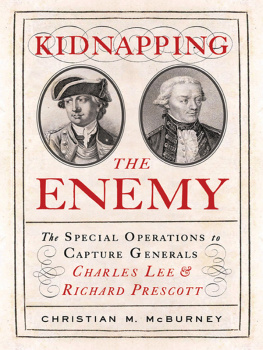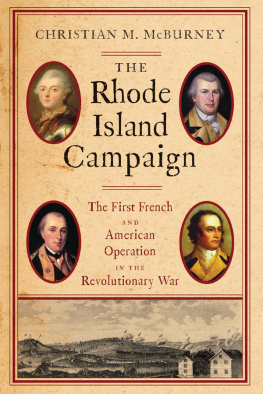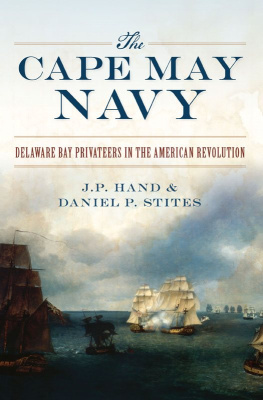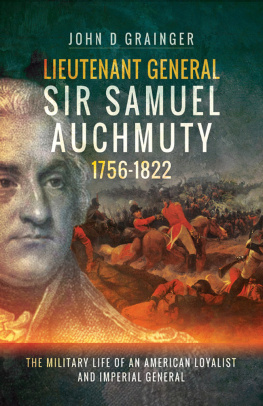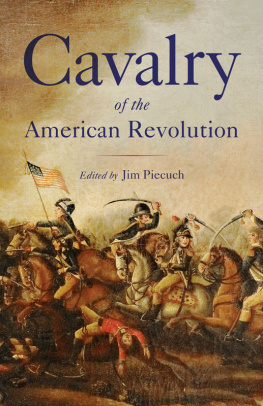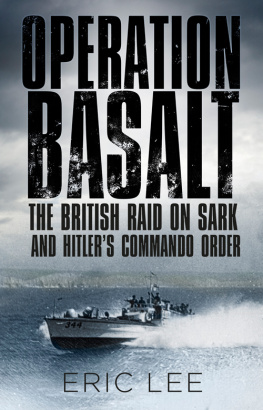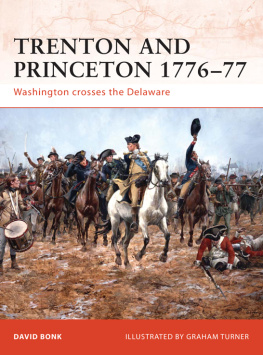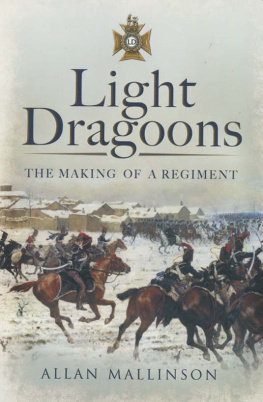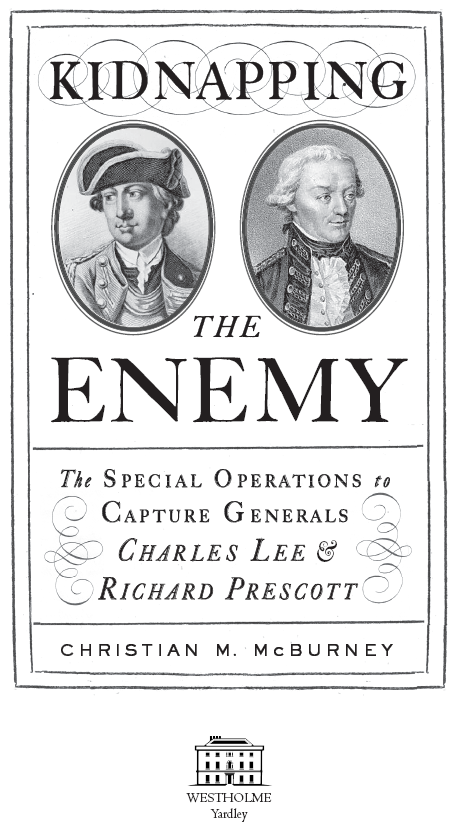Copyright 2014 Christian M. McBurney
All rights reserved under International and Pan-American Copyright Conventions. No part of this book may be reproduced in any form or by any electronic or mechanical means, including information storage and retrieval systems, without permission in writing from the publisher, except by a reviewer who may quote brief passages in a review.
Also available in hardcover.
Produced in the United States of America.
This book is dedicated to my father, DR. ALEXANDER A. MCBURNEY, who spurred my interest in early American and Revolutionary War history.
PREFACE
This book focuses on two outstanding special operations of the Revolutionary War. The first is the stunning capture of Major General Charles Lee, second-in-command in the Continental army, behind only George Washington, by Lieutenant Colonel William Harcourt and a party of British dragoons in December 1776. While leading a reconnaissance mission in northern New Jersey, Harcourt learned from Loyalist informers that Lee was staying at a tavern in nearby Basking Ridge, three miles from his troops. The cavalry commander seized the moment: changing his mission to nabbing Lee, he and his men set out for the village. Cornet Banastre Tarleton's advance party gained valuable information along the way by threatening captured American soldiers with death. Reaching Basking Ridge, Harcourt's force surrounded the tavern in which Lee was staying. And after a short but violent struggle with the American general's guards, they captured Lee, along with a French officer. Then, with American militia hunting for them, Harcourt's quick-moving raiders raced down back roads to safety in British-held Pennington.
The book also explores the capture of Major General Richard Prescott, the commander of British troops in Newport, Rhode Island, by state troops led by Lieutenant Colonel William Barton. Barton seized Prescott so the Americans would have a British officer of the same rank to exchange for Lee. Barton meticulously planned his raid on Aquidneck Island, on which stood the important commercial town of Newport, then occupied by more than 3,000 British and German soldiers. During the night of July 10, 1777, Barton's hand-picked detachment crossed Narragansett Bay in whaleboats, sneaking past British navy ships along the way. After landing, Barton carefully led his men along a hidden path to thefarm house in which General Prescott spent his nights. The raiders forced open its doors and seized the sleepy British general in his bed. They then hurried to their boats and slipped back across the bay to Warwick, avoiding a flurry of British artillery and rocket fire. Not only had Barton captured an officer who could be traded for Lee, he had removed from action a man who was infamous for his harsh treatment of American patriots.
Barton's feat was even more incredible than Harcourt's. It required careful advance planning, and Prescott was taken from an island filled with British troops and surrounded by British warships. An elated Washington called it among the finest partisan exploits that has taken place in the course of the war on either side. Barton's raid was the outstanding special operation of the Revolutionary War, and still ranks as one of the greatest in American military history.
Both missions were acclaimed and celebrated by their respective sides and produced gloom in opposing camps. British military and civilian leaders considered Charles Lee the Americans best general. And they believed that his capture, in conjunction with numerous serious setbacks dealt the Americans in New York and New Jersey, portended the end of the war. Instead, American patriots, stunned though they were by Lee's loss, responded with renewed vigor in their struggle for independence. In fact, Lee's capture ultimately made possible the momentum-changing American victories at Trenton and Princeton.
Barton's spectacular feat thrilled American patriots, who expected the captured Prescott to yield Lee in a prisoner exchange. It eventually did, in April 1778. In London, Britain's newspapers had a field day embarrassing Prescott, reporting in humorous epigrams that the general had been caught in bed with a harlot and carried away without his pants. Characteristically turning to racial mockery, Americans recounting Barton's achievement lampooned the role of an African-American who reportedly had used his own head to crash through Prescott's door.
The following pages also explore the evolution of British treatment of American captive officers. In the war's early stages, it was unclear whether American officers of the Continental army would be treated as gentlemen and allowed certain privileges, or be treated as rebels and criminals, denied any privileges, and perhaps even hanged. The Continental Congress ensured that the British would follow the former course by threatening retaliation against British army officers held captive by the Americans if Lee were mistreated.
This story also traces the tragic decline of two of its central figures, Charles Lee and William Barton, due to their misplaced pride and honor. A transplanted Englishman and the most colorful commander in either army, Lee was brilliant but spiteful, filled with valuable military experience but arrogant, and amusing but bitingly sarcastic. At the time of his capture, Lee seemed just a step away from replacing George Washington as commander of the Continental army. After his shocking capture put an end to this prospect, Lee narrowly escaped death at the hands of the British for having deserted the army in which he had formerly served as an officer. He also committed treason while a British prisoner. Following his exchange and his subsequent command of the main American force in the Battle of Monmouth Court House, Lee in short order found himself subject to a court-martial and suspended from service in the Continental army. He never saw command again.
William Barton's life turned out much differently than he had hoped. Late in his life, he found himself imprisoned in Vermont for more than thirteen years. It will be seen that the pride and honor he gained as the captor of General Prescott played a crucial role leading to his lengthy incarceration. Only the intercession of a more famous Revolutionary War hero led to Barton's freedom, and allowed him to spend his last years with his wife, family, and friends in Rhode Island. While there were other attempts to kidnap high-ranking military officers and government officials during the Revolutionary War, including ones against British commander-in-chief Henry Clinton, George Washington, Thomas Jefferson, the traitor Benedict Arnold, and even a future king of Great Britain, the low success rates of these special operations make the raids that snared Lee and Prescott all the more impressive.
1
The Ambitious Charles Lee
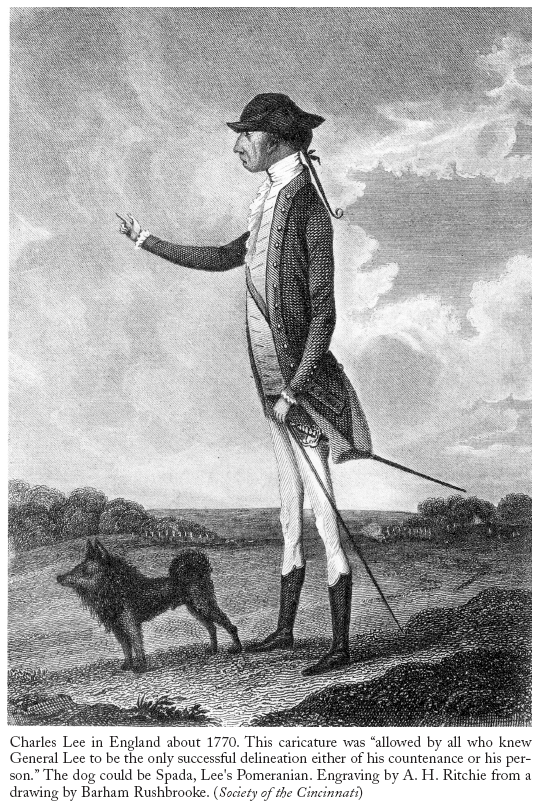
As the sun rose on November 22, 1776, Major General Charles Lee, the second-ranking general in the Continental army of the newly formed United States, realized that he had a good opportunity to replace his superior, George Washington, as commander-in-chief. What is more, he thought he deserved the job. At the time, his reputation was on the rise and Washington's was on the decline. Further, Washington's division of 3,000 soldiers was on the run in New Jersey, while Lee's quasi-independent force of 7,000 was resting at North Castle, New York.

